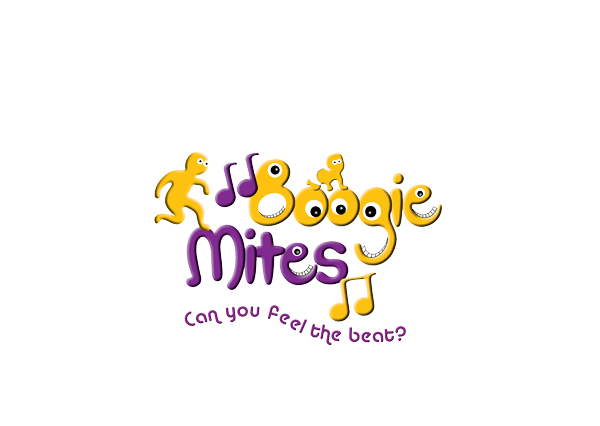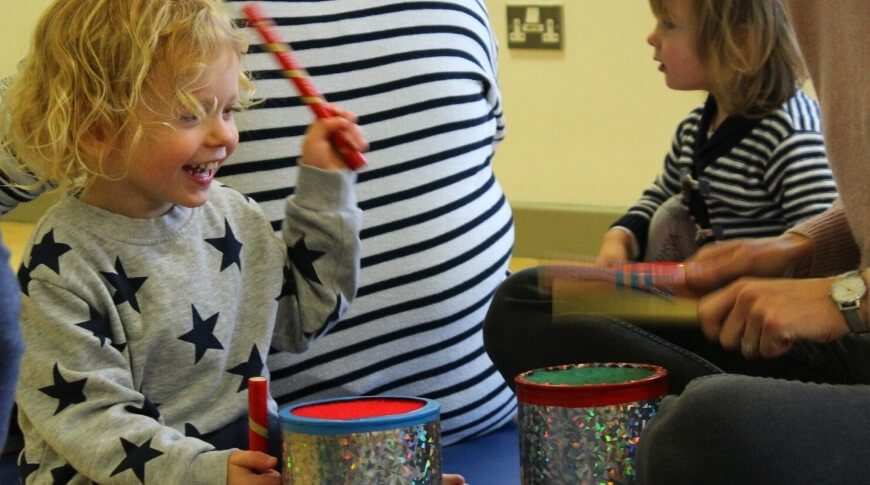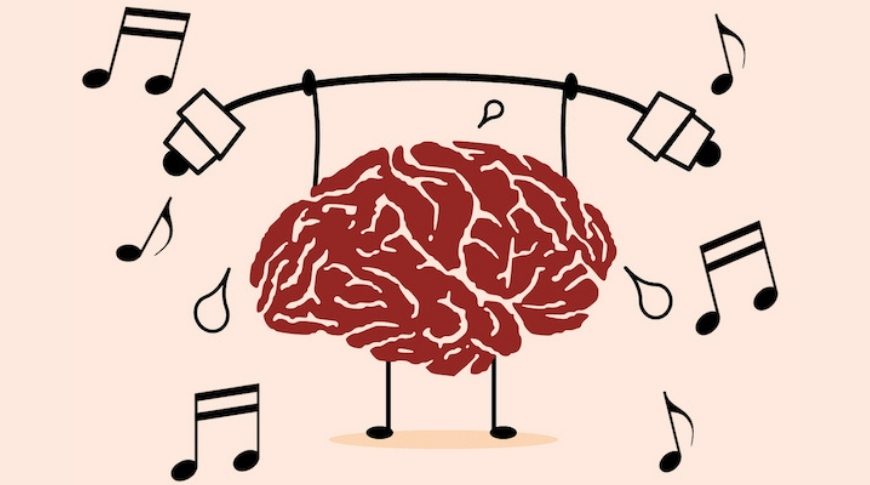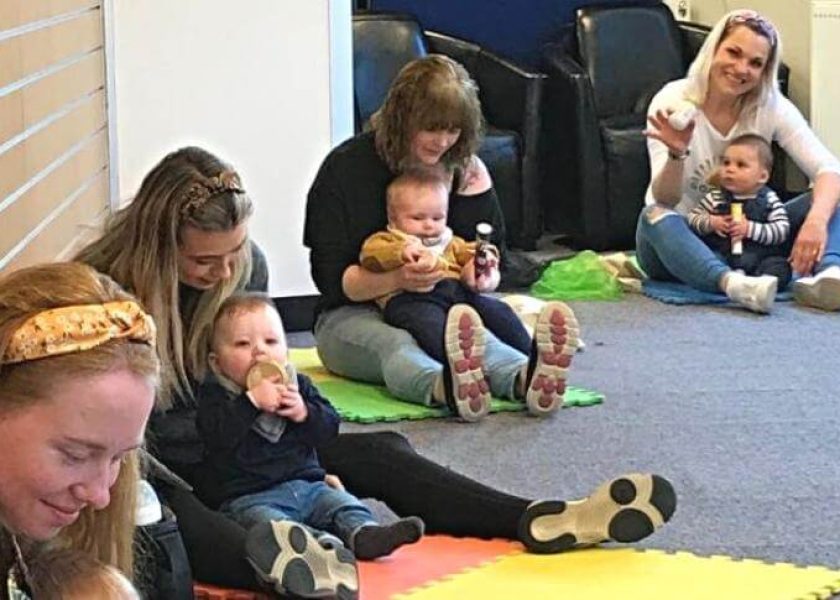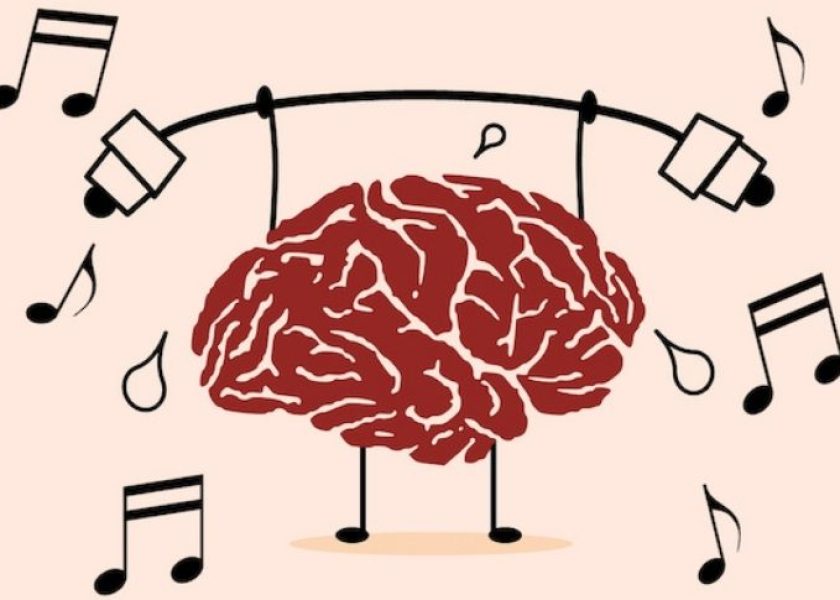Neuroscientists term the neural network connecting all sensory information including taste and smell, auditory, visual and motor cortices of the brain the super sense. We take information from many sources and this super sense network makes sense of the messages, determining the response. In part 2 of this series we learned that scientists found that this super sense network was most developed in children who had been practising music regularly for several years. In part 3 we consider the evidence of links with music practice and other neural networks in the brain – to explain the ‘fireworks’ effect of the whole brain activation reported in part 1.
All of the following networks are connected to the 3 main cortices of the brain and all are seen to be activated by music practice:
- Super sense network – making sense of language – as discussed
- Reward network – giving a sense of achievement and motivation, re-enforcing positive learning experiences
- Cognitive network – the engine room , figuring out how to do things, the steps or process
- Perceptual network – predicting what comes next
- Cognition network – figuring out what it all means, what we like or do not like
- Emotional network – effecting mood, resilience emotions and empathy
Neuroscientists talk about the musician’s advantage since they are aware that music practice develops neural networks across the whole brain.
Dr Anita Collins has written a book entitled The Music Advantage which she wrote following her world-wide tour of labs working in the field of neuromusical research in her quest to better understand how music learning impacts brain development.
She was amazed at what she learnt about how music listening and music learning at all ages, from day one of life to our final day of life, has the ability to grow, change and repair our brains.
She felt that this research had to be shared in a way that every reader, parent, teacher and student could understand the value of music experiences and more formal music learning.
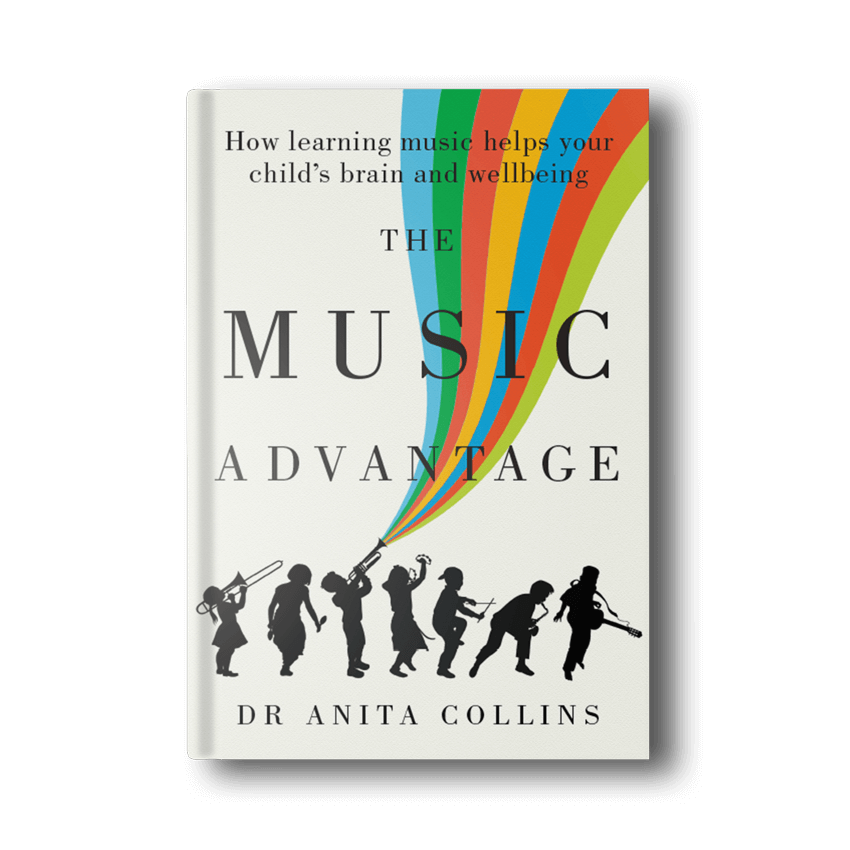
Anita recognises that music experience can have different meanings at different ages. For young children it looks like play, banging pots and pans with a wooden spoon or teacher led activities that from the outside look like fun games, and this type of music exploration can morph seamlessly into more formal music learning from age 5+.
Anita also hoped to provide a guide for policymakers to shake up current practices and curriculum that side-line music learning as an extra-curricular activity that is often cut when budgets are tight, rather than seeing it as key to children’s development in ways that can have positive impact across the curriculum.
Find out more about Anita’s book here.
In part 4 we learn more about the work of Dr Anita Collins and her Bigger Better Brains online training courses and community.
